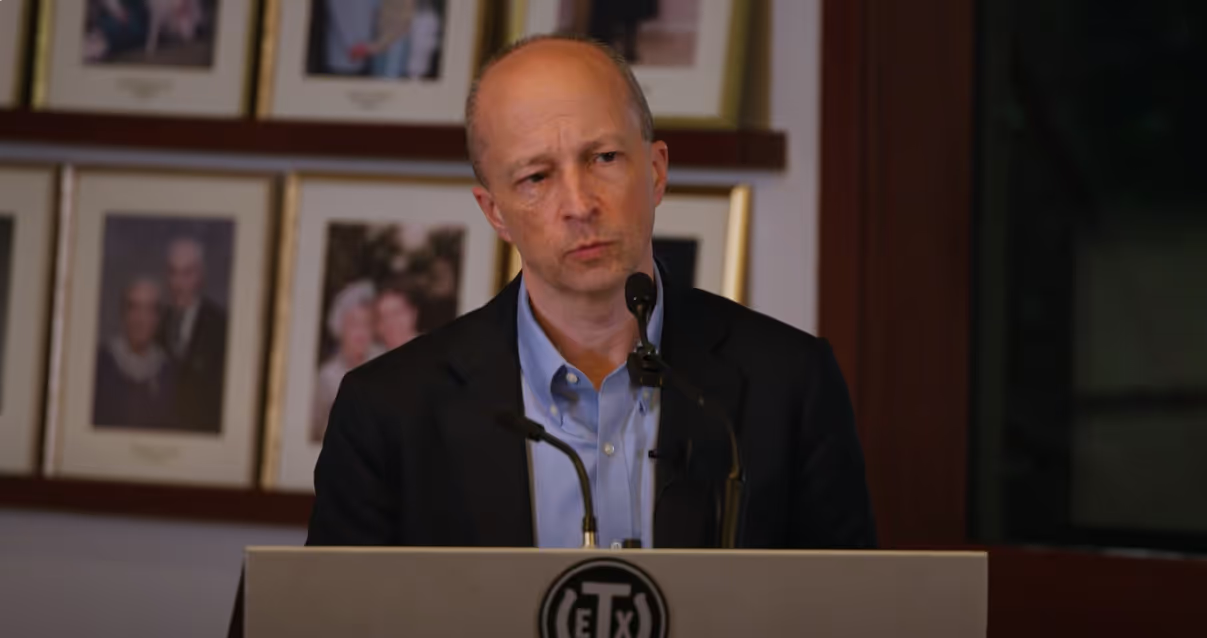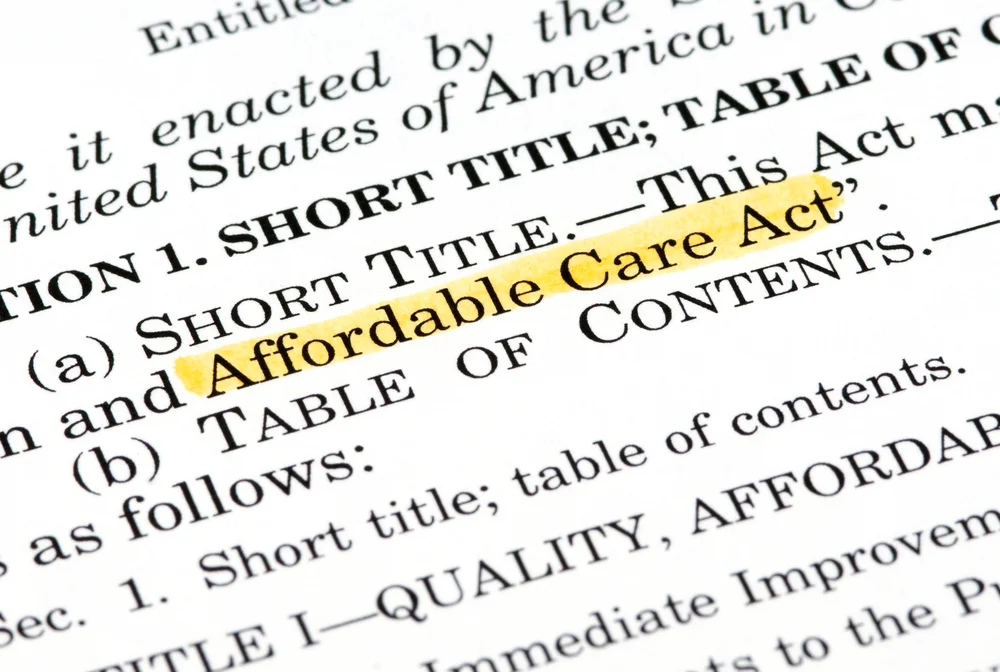
Implied Powers in the Constitution
The doctrine of incidental authority offers an illustration of how a lack of understanding of eighteenth century Anglo-American law has led to the expansion of federal power.
The Constitution is many things, but at its most basic level, it is a document conveying enumerated powers from a principal (“We the People”) to identified agents. As was true of most other Founding-era enumerated power documents, the Constitution’s expressly listed powers carried with them grants of incidental authority.
For this reason, understanding the Founding-era legal doctrine of incidental authority is necessary for a comprehensive understanding of the Constitution.
The Constitution as an Enumerated Power Document
Documents conveying enumerated powers were staples of Founding-era law practice. Lawyer-founders such as Edmund Randolph, Alexander Hamilton, and John Dickinson drafted, construed, and litigated land stewardship agreements, factor agreements, deeds of trust, wills, powers of attorney, and similar instruments.
Founders who had been in government service—that is, almost all of them—were familiar with public sector documents conveying enumerated powers, including royal charters, statutes that empowered agents, and instruments that commissioned military officers and public officials.
Those documents influenced the Constitution in many ways. For example, the legend “We the People” appeared in a type and position reminiscent of the king’s name in a royal charter. The mandate that the President “take Care that the Laws be faithfully executed” echoed a common phrase in commissions and instructions given to colonial governors. The drafting pattern followed in Articles I, II, and III is similar to one of two dominant patterns followed by other enumerated power documents.
Some participants in the constitutional debates of 1787-1790 were explicit about these connections. At the North Carolina ratifying convention, James Iredell (a future Supreme Court justice) referred to the Constitution as a “great power of attorney,” and, based on that characterization, drew lessons about the limited scope of the Constitution’s enumerated powers.
Similarly, Noah Webster, writing as “Giles Hickory in a March 1, 1788 public letter, used the same “power of attorney” characterization to draw appropriate lessons. The notes of William Cushing, a prominent delegate to the Massachusetts ratifying convention, reveal him as thinking along the same lines. Professors Gary Lawson and Guy Seidman explored these connections in their 2017 book, A Great Power of Attorney: Understanding the Fiduciary Constitution.
The Doctrine of Incidental Authority
Founding-era lawyers construed most documents by seeking what they called the “intent of the makers.” Thus, the makers’ intent defined the scope of an enumerated power. When direct evidence of intent was unavailable or conflicting, the doctrine of incidental authority provided a way to infer it.
The doctrine of incidental authority held that if an instrument conveying enumerated powers did not mention a power explicitly, it still could be included in the conveyance if it was “incidental” to an express (“principal”) power.
Two rules helped determine if a power was incidental to a principal, and therefore, within the presumed intent of the makers. The first rule was (to employ the terminology from Giles Jacob’s legal dictionary) that a principal was always “more worthy” (more valuable or significant) than an incident. A tail might be incidental to a dog, but a dog was never incidental to a tail. Nor, in the typical case, was a dog incidental to another dog.
To illustrate: In England, it was common for landowners to hire estate managers called stewards. A document granting management authority to a steward enumerated the steward’s powers. Unless otherwise specified, the power to manage included incidental authority to grant short-term leases over portions of the land. But authority to sell the entire fee was never incidental. To be granted authority to sell had to be explicit. It was simply too important to be assumed.
In McCulloch v. Maryland (1819)—Chief Justice John Marshall’s pioneering decision on the Constitution’s Necessary and Proper Clause—Marshall referred to the distinction between principal and incidental powers as one between “great powers” and “minor ingredients.” But he added that “It can never be pretended that these vast powers draw after them others of inferior importance, merely because they are inferior.” This was because for a power to be incidental—and therefore within the presumed “intent of the makers”—one of two other conditions had to be satisfied:
· the putative incident had to be a customary way of carrying out a principal, or
· the putative incident had to be reasonably necessary for the exercise of the principal. Eighteenth century writers sometimes expressed this by saying that a power could not be incidental unless its absence caused “great prejudice” to the exercise of the principal. Mere convenience in the modern sense of the word (the definition was stricter when Marshall used it in McCulloch) was not sufficient.
Thus, a land steward had implied authority to lease, as leasing was a customary way of managing land. If the owner gave the steward explicit authority to sell a mine or timber on a landlocked portion of the estate, then the steward had incidental authority to sell an easement of access, for access was necessary for the use.
Recall, however, that these were mere rules for deducing the intent of the makers; the makers were free to change them. But for the sake of prudence, they had better put it in writing!
If the drafters did not wish the default rule to apply—if they wanted to return to the earlier time when delegated authority was strictly construed (Potestas stricte interpretatur)—they inserted a rule of construction to that effect. It was to countermand the doctrine of incidental authority that the Articles of Confederation specified that the states retained every power not “expressly delegated to the United States, in Congress assembled.”
If the drafters wished to retain the default rule, no insertion was necessary. But from an abundance of caution, many drafters added at the end of an enumeration a catch-all phrase granting authority “necessary” or “needful” for carrying out the previously listed grants. In such clauses, “necessary” and “needful” were terms of art meaning “incidental.” Those clauses were merely recitals—guidelines for interpretation—and not additional grants.
The Constitution’s framers relied on the default rule except in one case. Partly to drive home the fact that the scope of the new Federal Congress would be broader than that of the Confederation Congress, they added Article I, Section 8, Clause 18 at the end of the principal list of Congress’s powers: “The Congress shall have Power . . . To make all Laws which shall be necessary and proper for carrying into Execution the foregoing Powers and all other Powers vested by this Constitution in the Government of the United States, or in any Department or Officer thereof.”
We should distinguish incidental powers provisions like this “Necessary and Proper Clause” from provisions that, while superficially similar, actually did convey powers. There were a number of different kinds, and several appear in the Constitution. For example, the Enclave Clause (Article I, Section 8, Clause 17) grants Congress power to acquire four named kinds of installations. Then it follows with the additional power to acquire “other needful Buildings.” Other superficially similar provisions granted the recipient very wide discretion—the two in the Constitution are Article II, Section 3, and Article V—while still others granted authority but very little discretion (as in Article I, Section 10, Clause 2).
Historical records show that the leading Founders were fully aware of the doctrine of incidental authority. They demonstrated this through their explanation of the Necessary and Proper Clause. They further displayed it in the debate in the First Federal Congress over the removal of executive officers and in the debate over the constitutionality of a national bank. As suggested earlier, the unexpurgated opinions of Chief Justice Marshall (as opposed to the versions in some law school textbooks) show that he was conversant with the doctrine as well.
However, the doctrine has been less understood during the modern era. One result has been an over-estimate of congressional power. Another had been confusion about the President’s authority as outlined in Article II.
Modern Confusion
The Founders’ understanding of the Constitution’s Commerce Clause was that it granted Congress authority to govern mercantile trade and a few related activities. During the New Deal era, however, the Supreme Court decided four cases that greatly expanded the congressional commerce power. Three of the four implicitly relied on the Necessary and Proper Clause rather than the core Commerce Clause for their conclusions. (The one that did not was United States v. South-Eastern Underwriters (1944).)
The decision in National Labor Relations Board v. Jones & Laughlin Steel Corp. (1937), while not mentioning the Necessary and Proper Clause, used an “appropriate legislation” standard derived remotely from McCulloch. It extended Congress’s commerce power to regulating labor relations in a large interstate manufacturing company. United States v. Darby (1941) also failed to mention the Necessary and Proper Clause by name, but explicitly relied on McCulloch to extend the Jones & Laughlin holding to a much smaller manufacturing company. Wickard v. Filburn (1942)—while resting more explicitly on the Necessary and Proper Clause—expanded congressional power to agriculture.
One flaw in these decisions was that they contradicted explicit representations about limitations on federal power made by the Constitution’s advocates during the ratification debates. But another flaw was that regulation of manufacturing and agriculture, while interdependent with goverance of mercantile trade, is far too significant to be a mere incident to mercantile regulation. All three decisions overlooked the first prerequisite of incidental authority: The incident must be less “worthy” than the principal. In later years, the court has continued to compound the error by ratifying congressional reach into other activities. (See here and here.)
While the doctrine of incidental authority has been unduly expanded in discussions of Article I, it has been forgotten in some discussions of Article II. One might assume from a cursory reading that Article II grants the President much less power over foreign affairs than he exercises. Disregard of the incidental authority doctrine has induced some to claim (I believe erroneously) that Congress is co-equal with the President in foreign affairs and has led others to conclude (I believe also erroneously) that presidential power derives from the so-called Executive Vesting Clause—that is, the clause that identifies the President as the holder of the executive power.
But when one takes the doctrine of incidental authority into account, the scope of the President’s supervision of foreign affairs becomes much clearer. For example, during the Founding era, the power to commission officers (Article II, Section 3)—including foreign service officers—carried with it the power to instruct them. An incident of the power to “take Care that the Laws be faithfully executed” is authority over executive branch officials. The power to “receive Ambassadors” always included the right to refuse to receive them. And so forth.
Conclusion
Familiarity with eighteenth-century Anglo-American law facilitates understanding the Constitution. The doctrine of incidental authority offers one illustration. History also demonstrates that ignorance of Founding-era law can lead to serious misinterpretation. The doctrine of incidental authority provides an example of that, too.
Robert G. Natelson, a former constitutional law professor who is senior fellow in constitutional jurisprudence at the Independence Institute in Denver, authored “The Original Constitution: What It Actually Said and Meant” (4th ed., 2025), of which the fourth edition is now pending. He is also a contributor to the Heritage Foundation’s “Heritage Guide to the Constitution.”
Constitutionalism
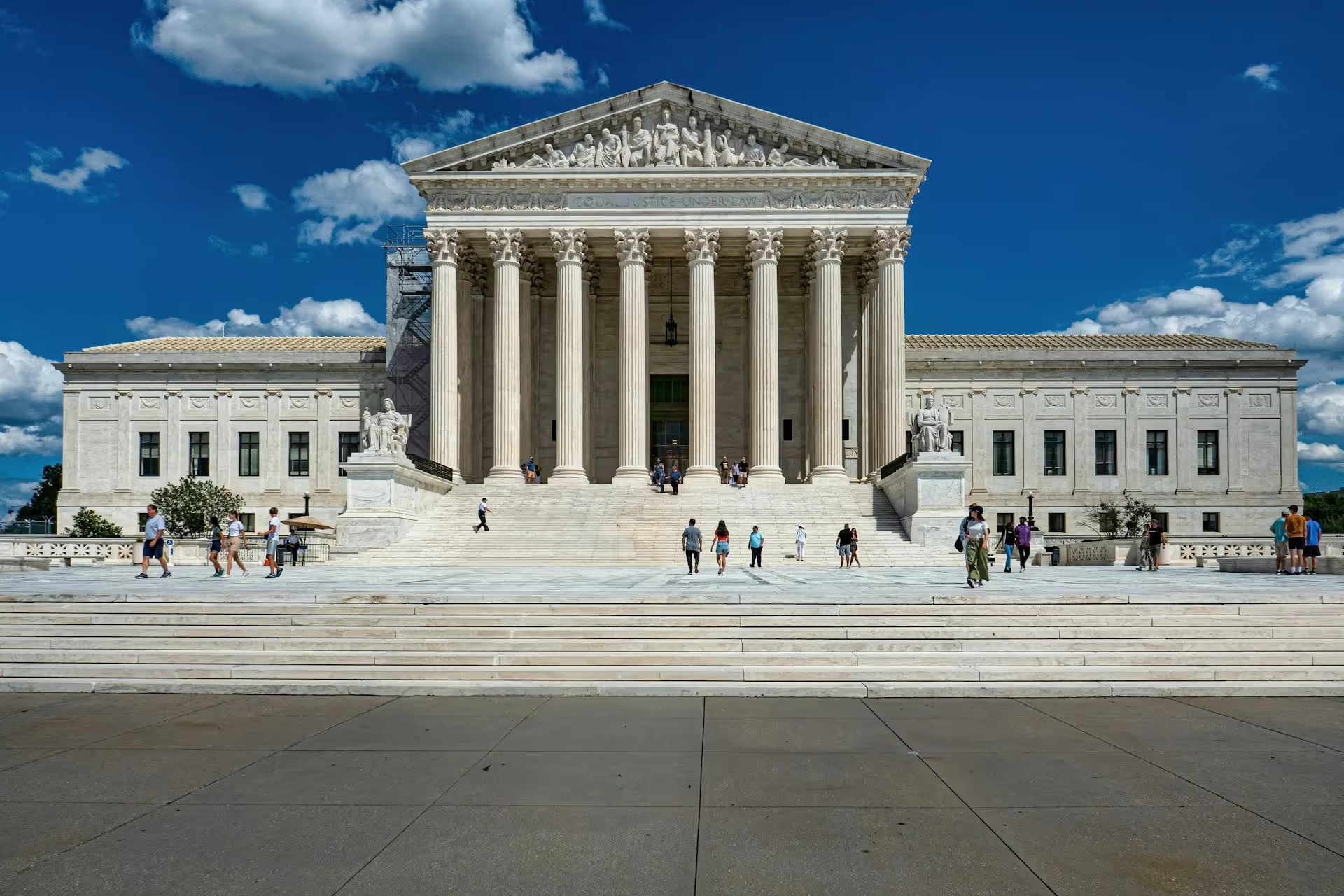
Amicus Brief: Hon. William P. Barr and Hon. Michael B. Mukasey in Support of Petitioners
Former AGs Barr and Mukasey Cite Civitas in a SCOTUS Brief

Rational Judicial Review: Constitutions as Power-sharing Agreements, Secession, and the Problem of Dred Scott
Judicial review and originalism serve as valuable commitment mechanisms to enforce future compliance with a political bargain.
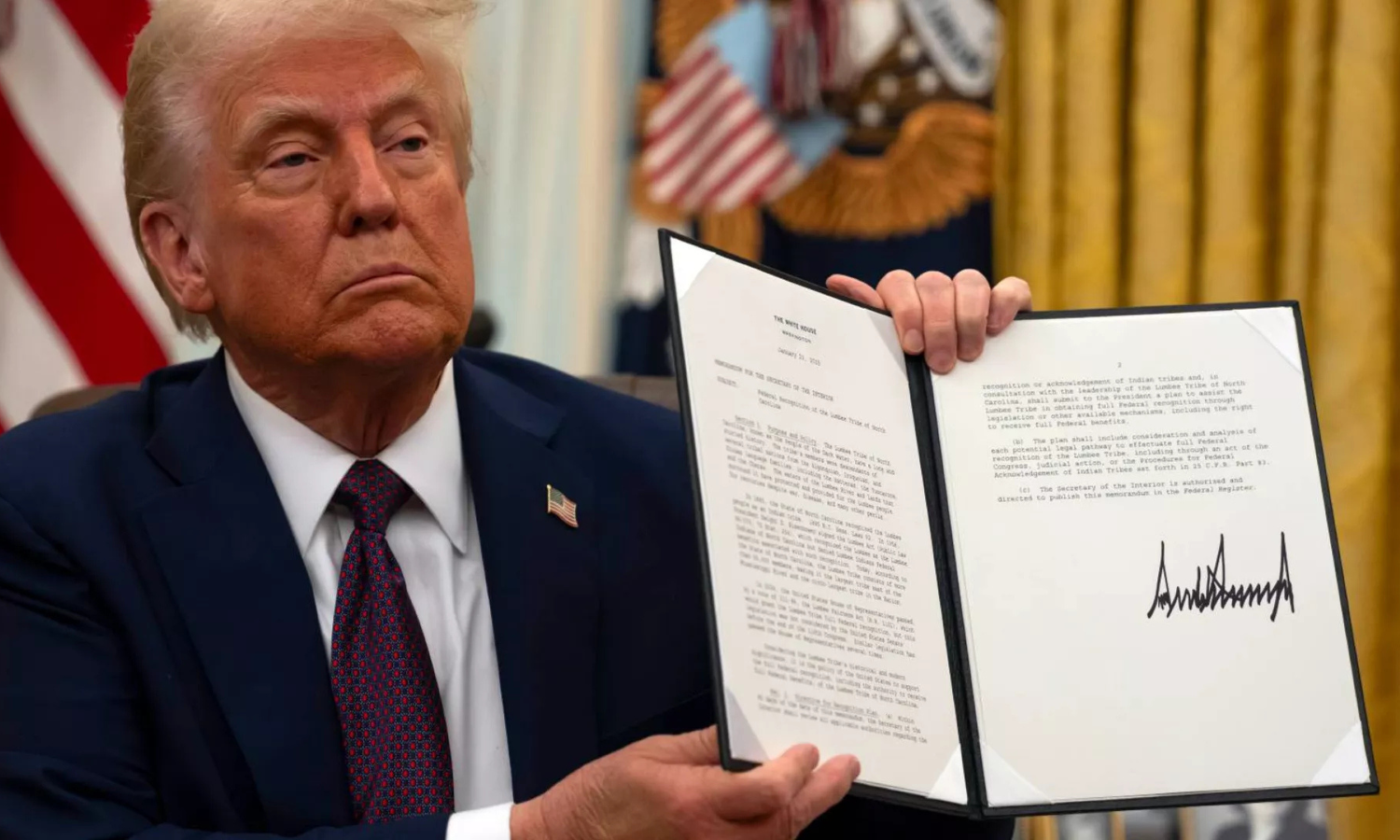
Supreme Court showdown exposes shaky case against birthright citizenship
Supreme Court will hear challenges to Trump's order ending birthright citizenship, testing the 14th Amendment's guarantee for babies born in America.

The Chief Justice's Big Idea
Chief Justice John Roberts has a potentially major idea for federal agency power.

Congress, the President, and the Drug Boats
Lethargy in the legislature is no way to counter the executive's excess energy.


.avif)

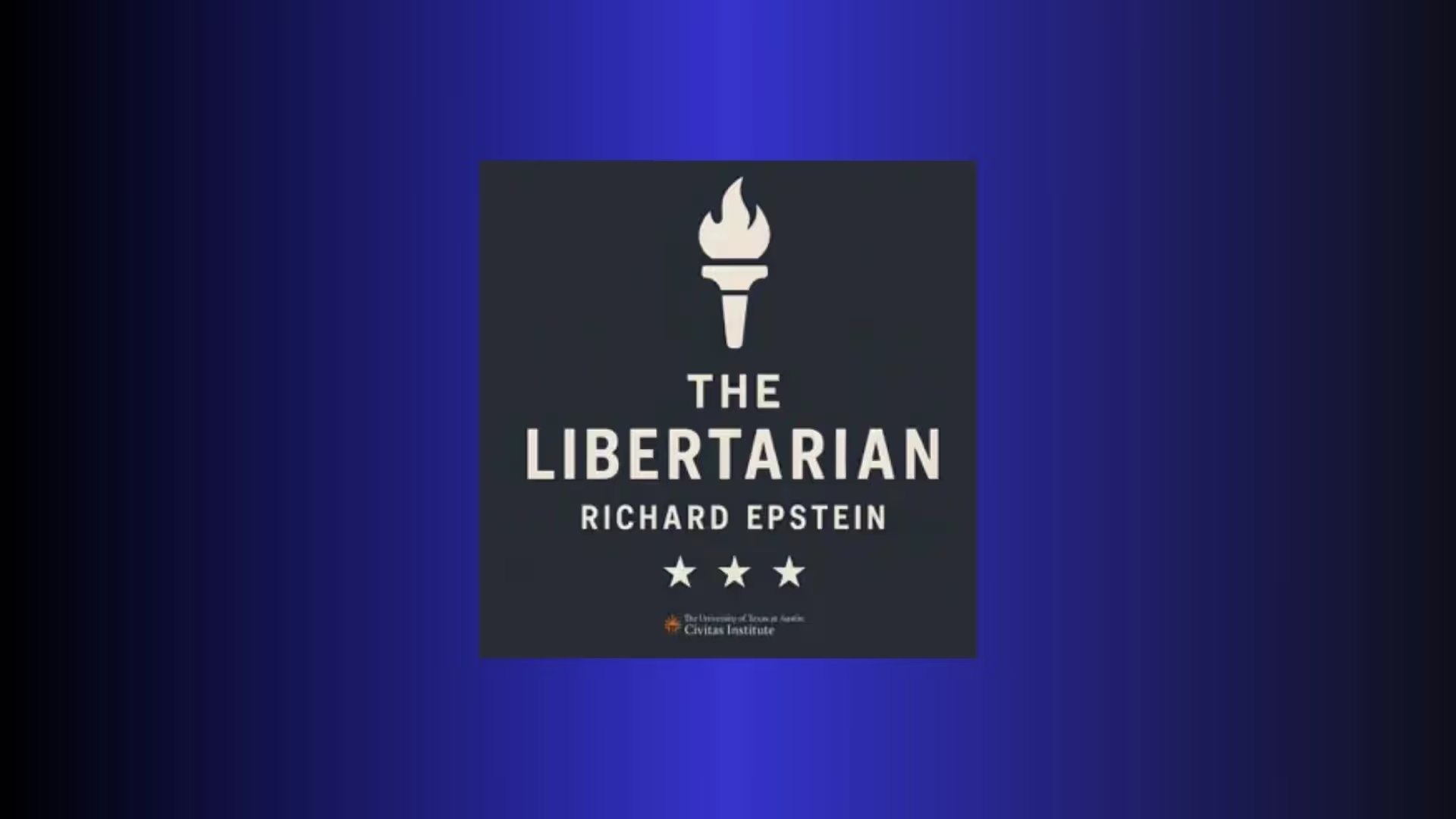
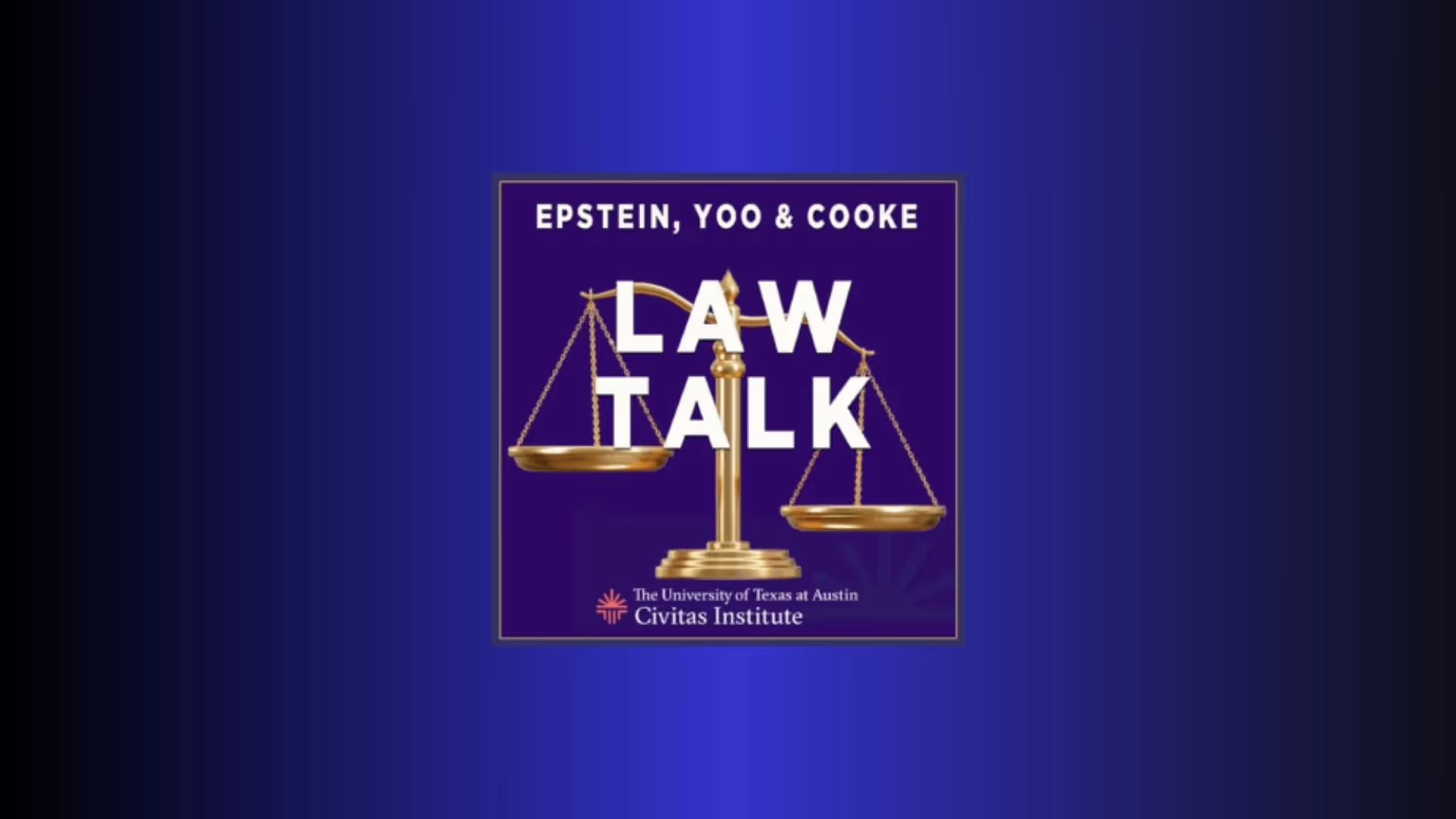


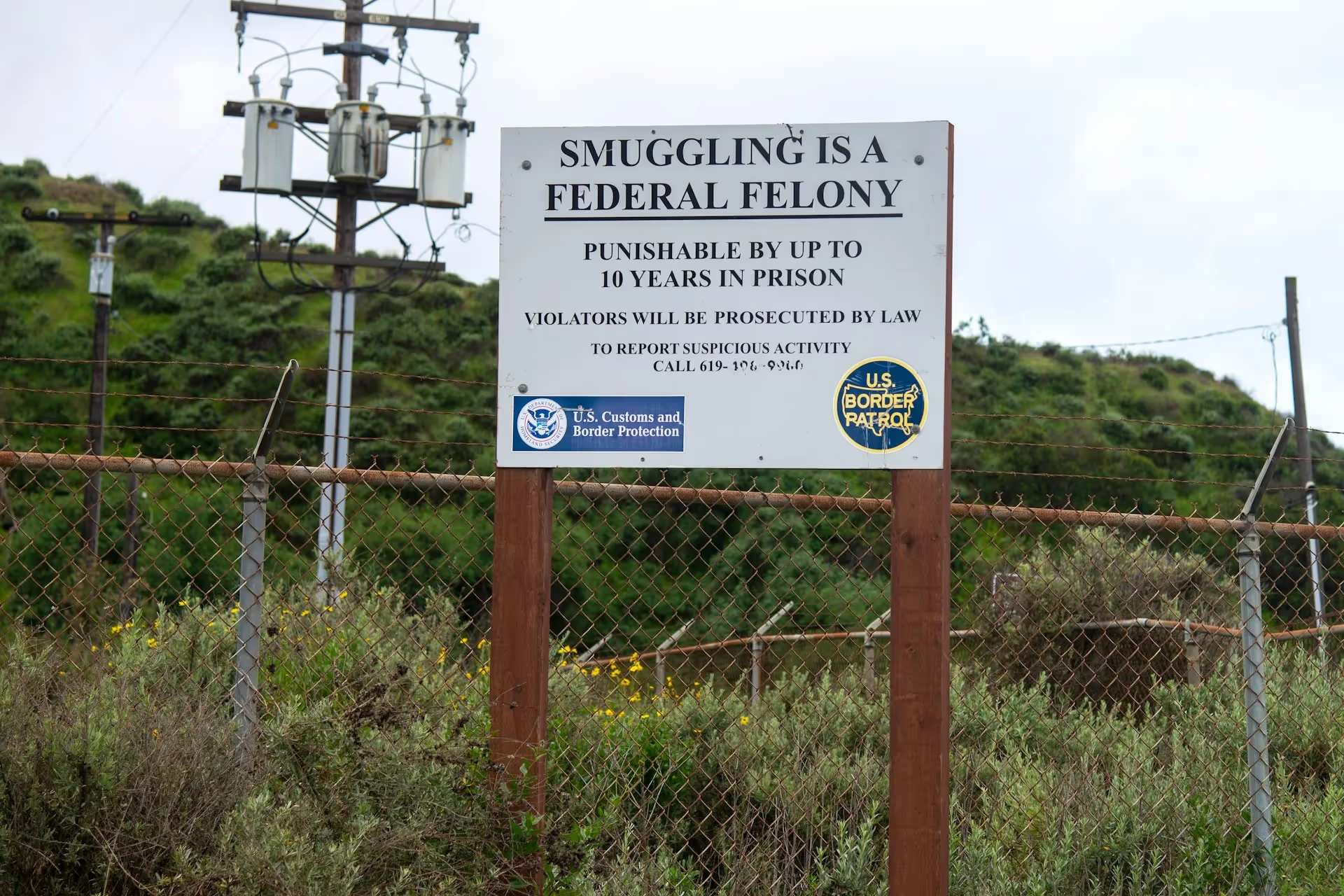

.avif)
.avif)

